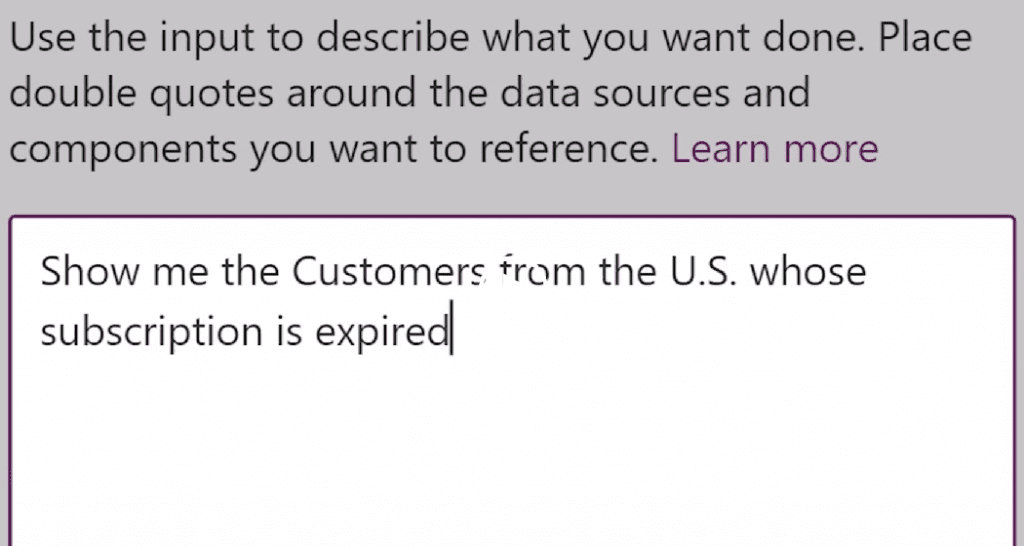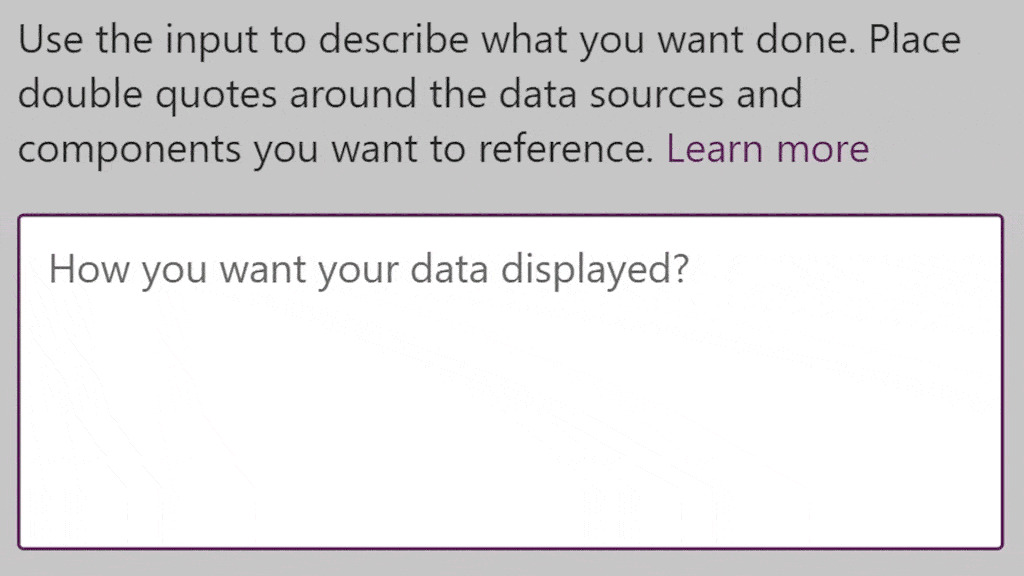Less than one year ago, a new language AI called GPT-3 hit the stage. By far the most powerful AI of its type, GPT-3 can write in different styles, answer complex questions and, surprisingly, even write bits of code. This last fact was not lost on programmers. Software development is a giant, half-a-trillion dollar industry, always on the rise and always adapting to emerging technology.
Microsoft purchased a license for GPT-3 a few months ago, and now, they’ve announced their first product based on the AI: a tool that will help users build apps without needing to know how to write computer code or formulas.

It’s not the first time advanced algorithms were used to make programming easier. Indeed, writing code has changed a lot since the early days of pure black text on a white background on a terminal. But companies are always looking for ways to make writing code easier, and therefore, more attractive to a lot of people.
In truth, Microsoft’s new tool won’t write the next big app for you, but it can take some of the lower-level bits of code and enable you to “write” them with a click of a button — something which we also pointed out as a possibility when covering the initial release of the AI, and which wasn’t lost on big tech.
“Using an advanced AI model like this can help our low-code tools become even more widely available to an even bigger audience by truly becoming what we call no code,” said Charles Lamanna, corporate vice president for Microsoft’s low-code application platform.
Microsoft has been working on this for a while with its suite of “low code, no code” software through its Power Platform. The idea is simple: users still have to understand the logic and structure behind the code they’re writing, but smart tools like this one can make the boring part of writing routine code much easier. It’s a bit like autocomplete for code: you still need to know what you’re writing, but it helps you when you can’t find the world you’re looking for.

This could also be useful for smaller companies that can’t afford to hire a lot of experienced programmers for things like analytics, data visualization, or workflow automation. In a sense, GPT-3 becomes a hired assistant for the company.
For instance, instead of having users learn how to address the database properly, they can just ask it what to do in layperson language, and GPT-3 then makes the translation. For instance, if you’d want to find products that start with “kids” on the Power Platform, you’d have to use a certain syntax, which sounds something like:
- “Filter(‘BC Orders’ Left(‘Product Name’,4)=”Kids”)
With GPT-3, all you need to do is say:
- “find products where the name starts with ‘kids’.”
It’s a simple trick, but it could save users a lot of time and resources, enabling people and smaller companies to build apps more rapidly, and with less effort. Since GPT-3 is such a powerful and capable language AI, there’s a good chance it will also understand more complex queries. It’s not all that different from the natural language query functions that are already available in software like Excel or Google Sheets, but GPT-3 is more sophisticated.
“GPT-3 is the most powerful natural language processing model that we have in the market, so for us to be able to use it to help our customers is tremendous,” said Bryony Wolf, Power Apps product marketing manager. “This is really the first time you’re seeing in a mainstream consumer product the ability for customers to have their natural language transformed into code.”
Programming languages are notoriously unforgiving, with small errors causing big headaches for even advanced users. Microsoft’s approach isn’t the first, but it has one big advantage: it’s extremely simple. The feature accelerates the trend of simplifying programming and cements Microsoft’s ambitions to dominate the landscape. But perhaps the most interesting part about this is how a breed of AI language models is starting to enter the world of programming.









